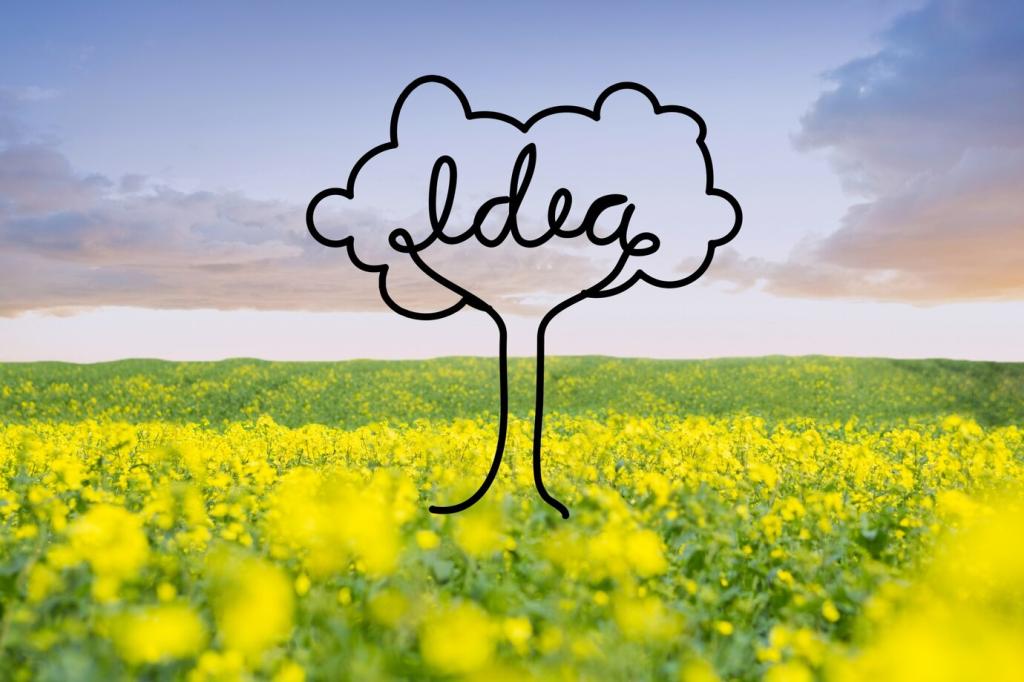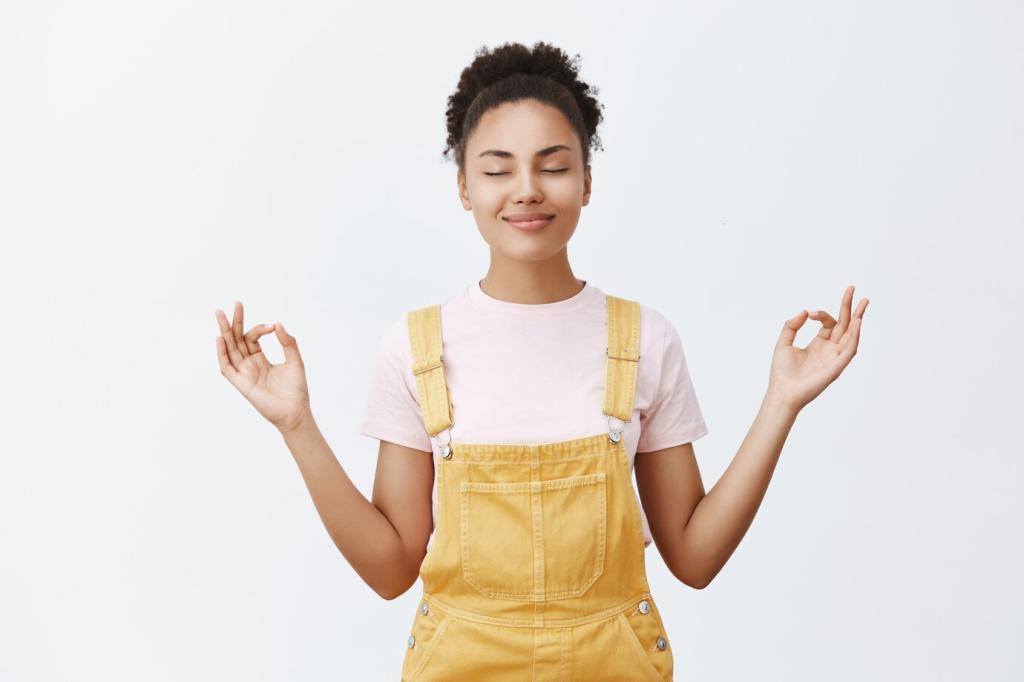Mindful Sketching Techniques: Draw With Presence
Today’s chosen theme: Mindful Sketching Techniques. Welcome to a calm corner where breath, attention, and gentle practice turn every mark into a moment of clarity. We’ll explore simple rituals, compassionate processes, and portable tools that help you see more and stress less. Subscribe for weekly mindful prompts, share your sketches with our community, and tell us what quiets your hand when the page feels loud.

Begin with Breath: Setting the Sketching Mindset
Sit with feet grounded, spine tall but soft, shoulders relaxed. Let your sketchbook rest comfortably, not squeezed. A stable body steadies the hand, and a steadied hand invites the mind to notice subtler details.
Begin with Breath: Setting the Sketching Mindset
Try box breathing: inhale four counts, hold four, exhale four, hold four. Repeat for two minutes while lightly touching your pencil to paper. Feel tension drop, and allow curiosity to rise before any decisive mark.
Begin with Breath: Setting the Sketching Mindset
Whisper a clear intention: today I will notice edges, accept pauses, and enjoy small progress. Write it on the page margin. Share your intention with us, and revisit it when impatience creeps in mid-sketch.

Let your gaze soften and sweep across your subject like a slow spotlight. Track big shapes first, then smaller anchors. Maya, a beginner, halved her erasures using this approach, because calm seeing made confident marks inevitable.
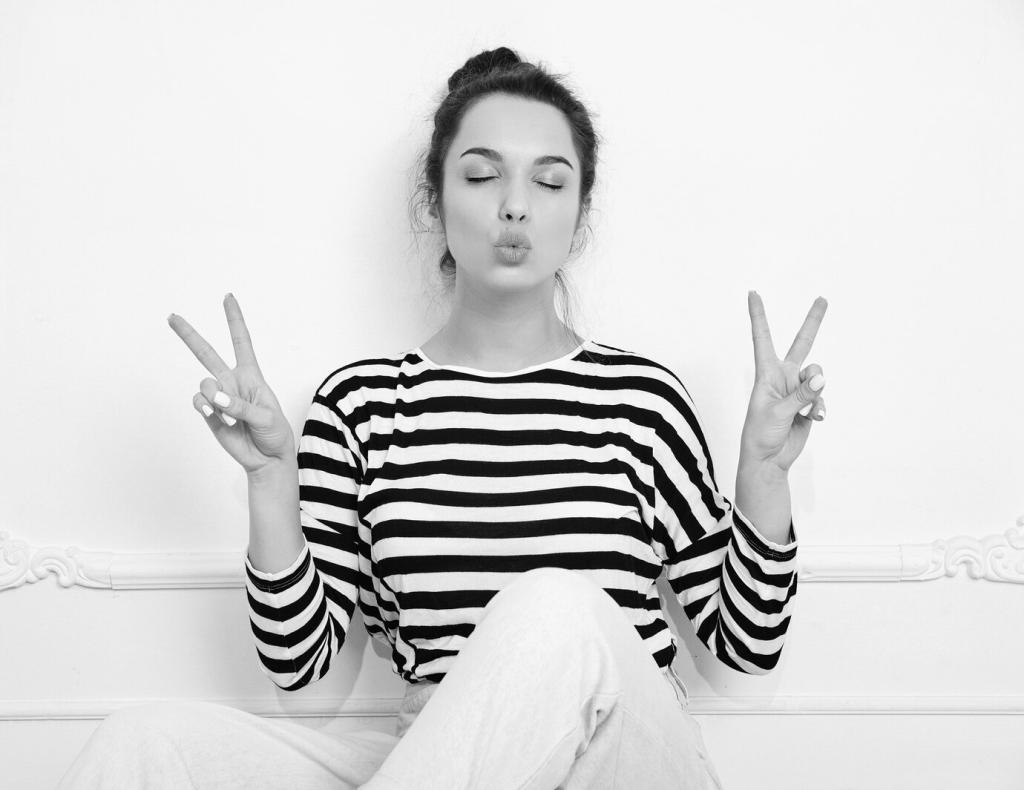
Sketch tiny notan thumbnails—just light and dark. Two values are enough. Squint, block the shadows, leave the light. This mindful simplification reduces overwhelm and guides composition choices before any details demand attention.
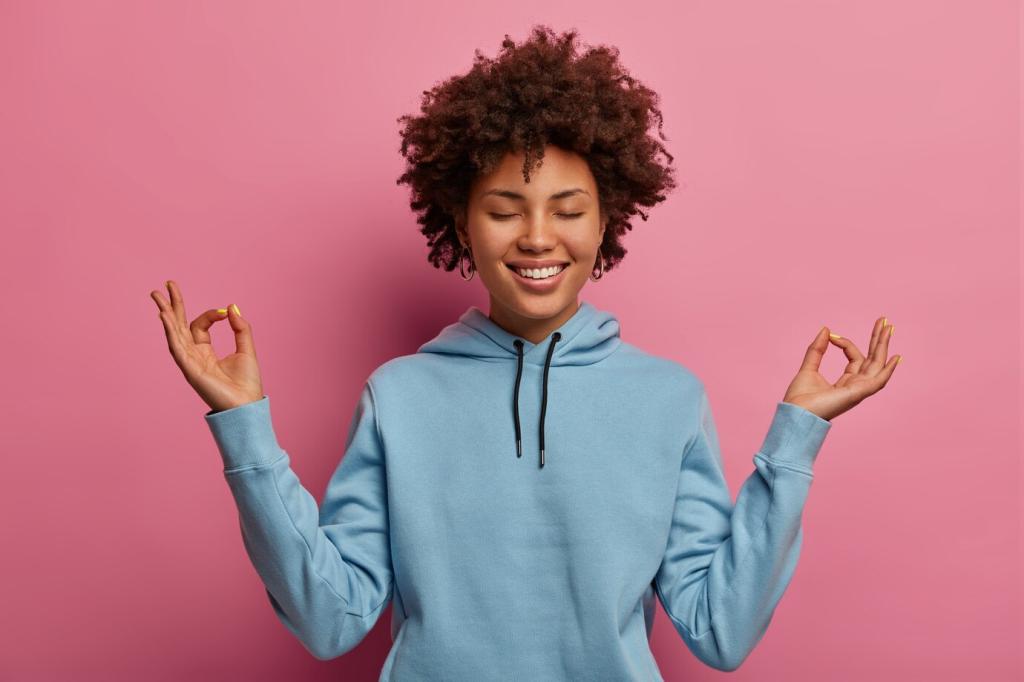
Spend a minute cataloging textures with words: brittle, velvety, slick, grainy. Then translate each adjective into a mark. Language slows you down, and the body remembers, turning vocabulary into felt, repeatable gestures.
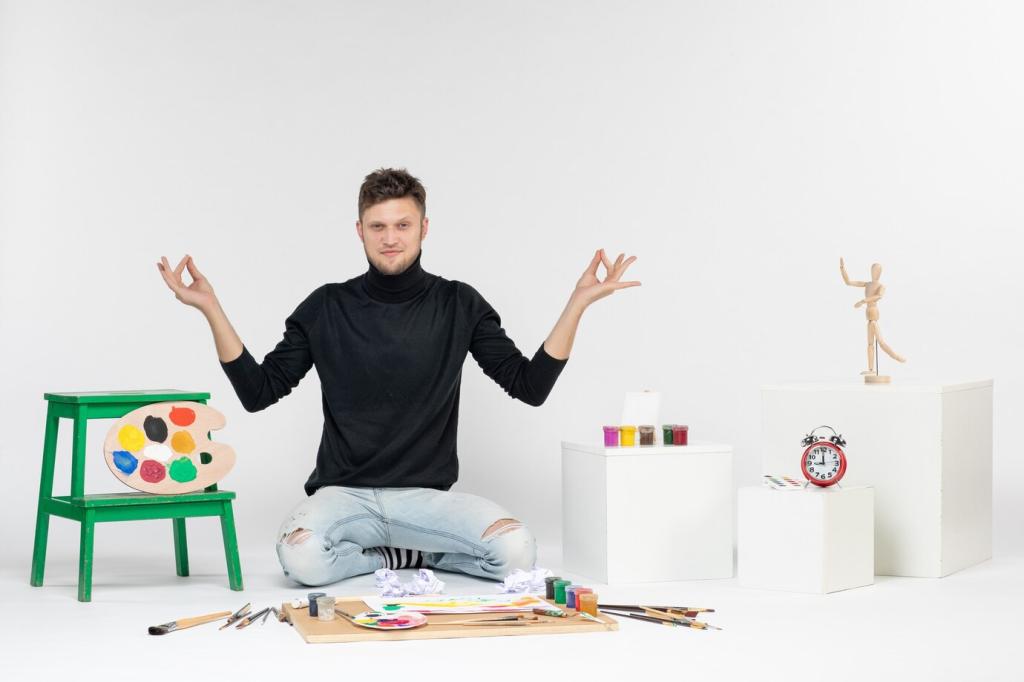
One continuous contour
Choose a simple object and draw its contour without lifting your pencil. Move as slowly as you breathe. The line may wobble, but it records noticing, not perfection, producing a surprisingly tender likeness.
Timed gestures with breath
Set a timer for thirty seconds and sync quick gestures to three calm breaths. Feel weight, angle, and rhythm rather than outlines. This mindful speed clarifies the pose and prevents overthinking from choking the page.
Pauses that refresh attention
Between strokes, pause deliberately. Ask, what changed in the subject, and what changed in me? These micro-reflections keep you present, avoiding autopilot while letting freshness accumulate line by attentive line.
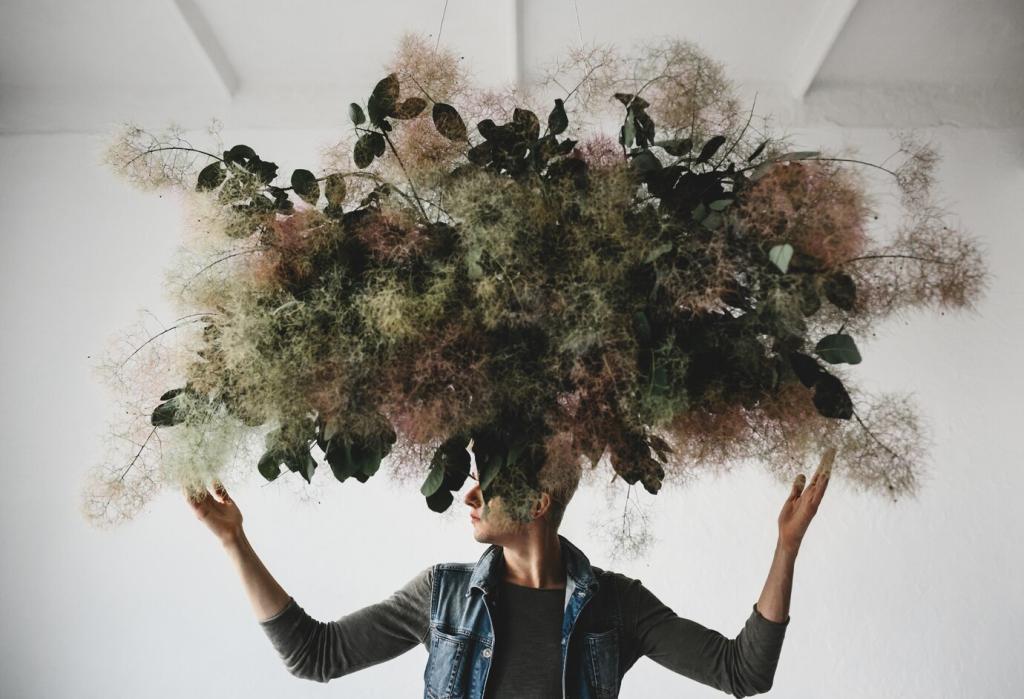

Sketchbook Rituals that Stick
Draw three tiny boxes on each page. Fill one with lines, one with shapes, one with value. Five minutes is enough. Frequent, gentle contact trains steadiness better than rare marathons fueled by stress.
Sketchbook Rituals that Stick
Keep a jar of mindful prompts: draw only shadows, sketch with your non-dominant hand, record five textures on a walk. Share your favorite prompt with us so others can try it tomorrow.
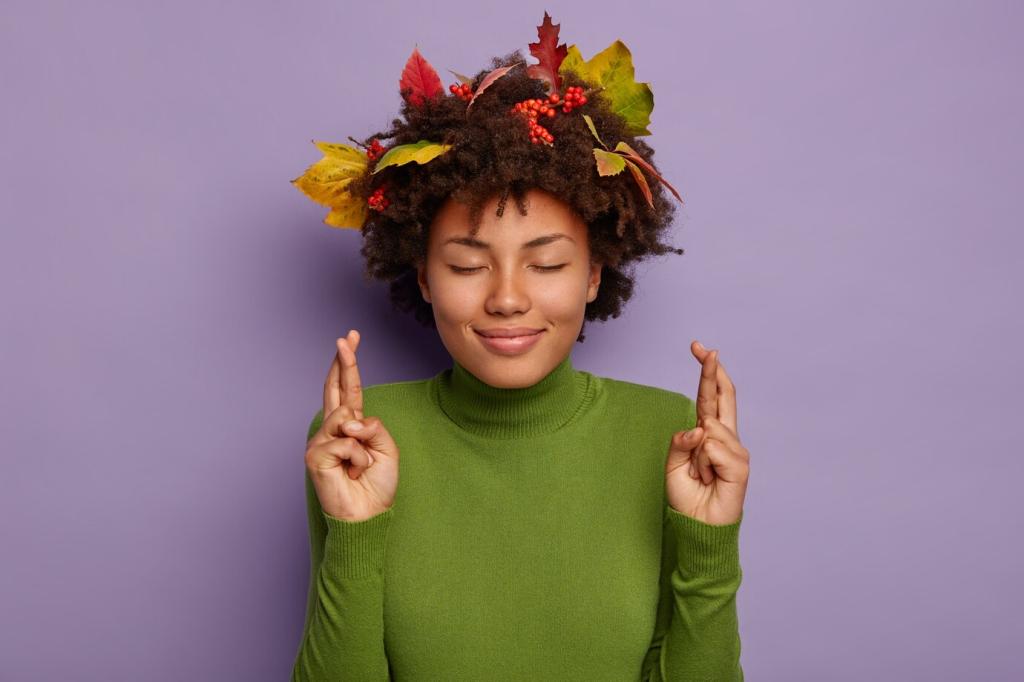

Compassion for Mistakes: Reframing the Inner Critic
When a line disappoints, label it data, not failure. Ask what it reveals about pressure, speed, or angle. Curiosity opens options; judgment shuts them. Share your most surprising ‘data point’ with the community today.
Compassion for Mistakes: Reframing the Inner Critic
Practice layering: veil mistakes with translucent washes, hatch new rhythms over old tangles, or crop decisively. Jin revived a muddled street sketch this way. Recovery techniques teach resilience, and resilience keeps sessions joyful. Post a before-and-after spread when you feel brave.
Tools for Presence: Minimal Gear, Maximum Focus
Carry a minimal kit: a soft pencil, a fine liner, and a waterbrush with a pocket palette. Fewer choices mean fewer mental detours, letting attention settle on seeing, sensing, and steady breath-led movement.
Tools for Presence: Minimal Gear, Maximum Focus
Pick paper with tooth your hand loves. Cold press offers grip for textured lines; smooth paper glides for delicate contours. Touch matters to mindfulness, transforming every stroke into a tiny sensory conversation.
